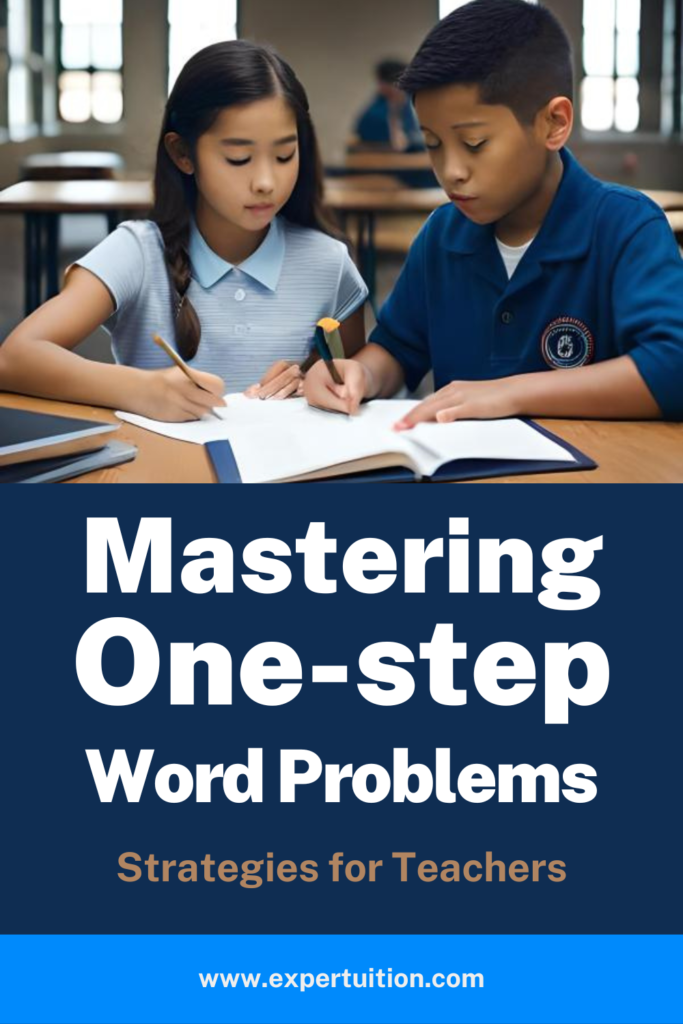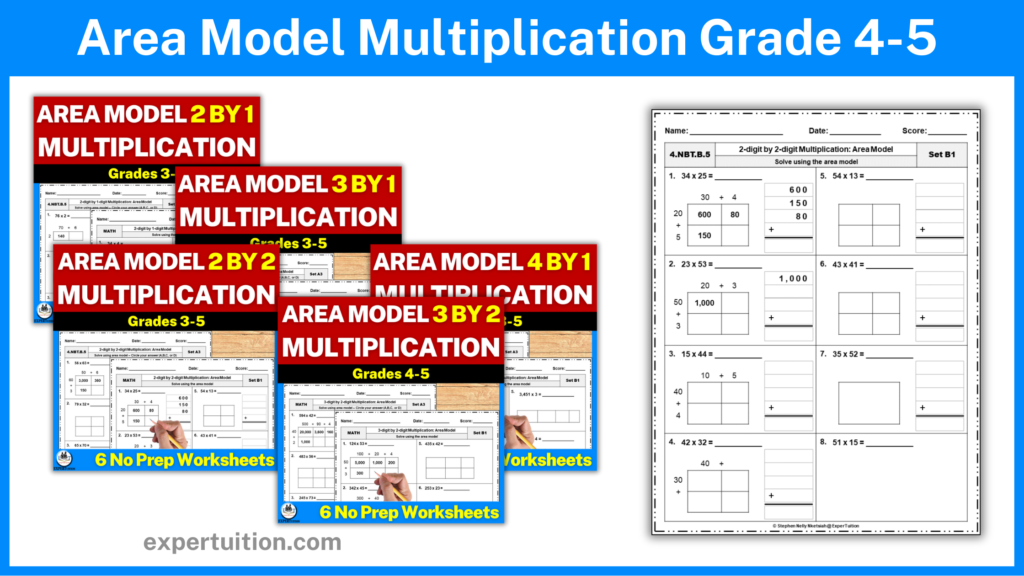
This post discusses the importance of mastering one-step word problems, effective instructional strategies, tips for helping students master word problems, some engaging word problem activities and resources among others.
Introduction
Welcome, dear educators, to this comprehensive blog post on teaching one-step word problems.
As a passionate tutor and math enthusiast, I am excited to share with you strategies and approaches that will help you guide your students toward success in solving these basic math problems.
By incorporating effective instructional methods, fostering critical thinking skills, and providing ample practice opportunities, we can empower our students to tackle one-step word problems with confidence.
Let’s embark on this teaching journey together!
The Importance of One-Step Word Problems
One-step word problems serve as a crucial link between abstract math concepts and real-life applications.
They help students develop their problem-solving abilities, logical reasoning skills, and math fluency.
One-step word problems provide a context for students to apply their knowledge of arithmetic operations, develop their mathematical thinking, and enhance their ability to analyze and solve problems in diverse situations.
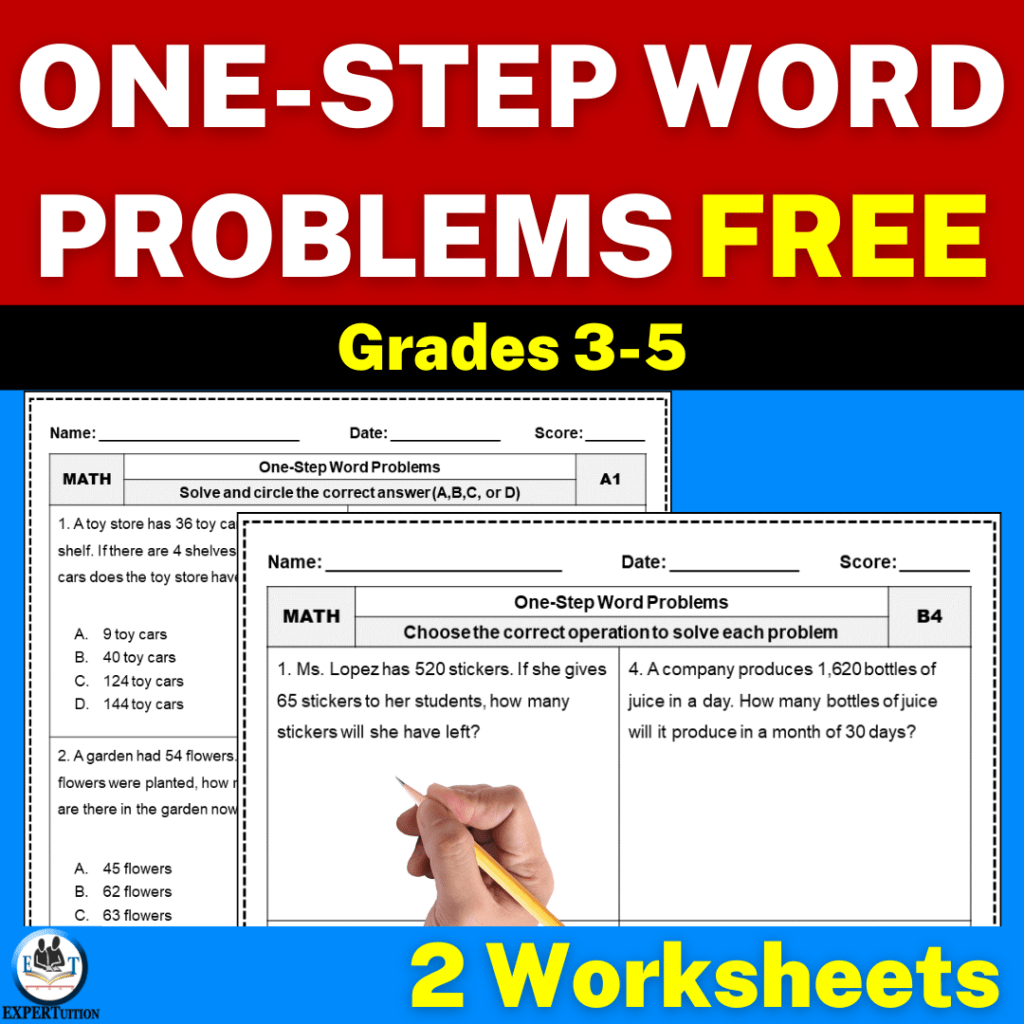
Join my email list and download freebies from my Free Resource Library.
Building a Strong Foundation
Before diving into one-step word problems, ensure that your students have a solid foundation in basic arithmetic operations.
They should have a clear understanding of addition, subtraction, multiplication, and division, as well as the ability to apply these operations accurately.
Understanding the fundamentals of math operations is crucial when teaching students how to solve multistep word problems.
Mastering these basic concepts equips students with the necessary skills for effective and successful problem-solving.
Effective Instructional Strategies
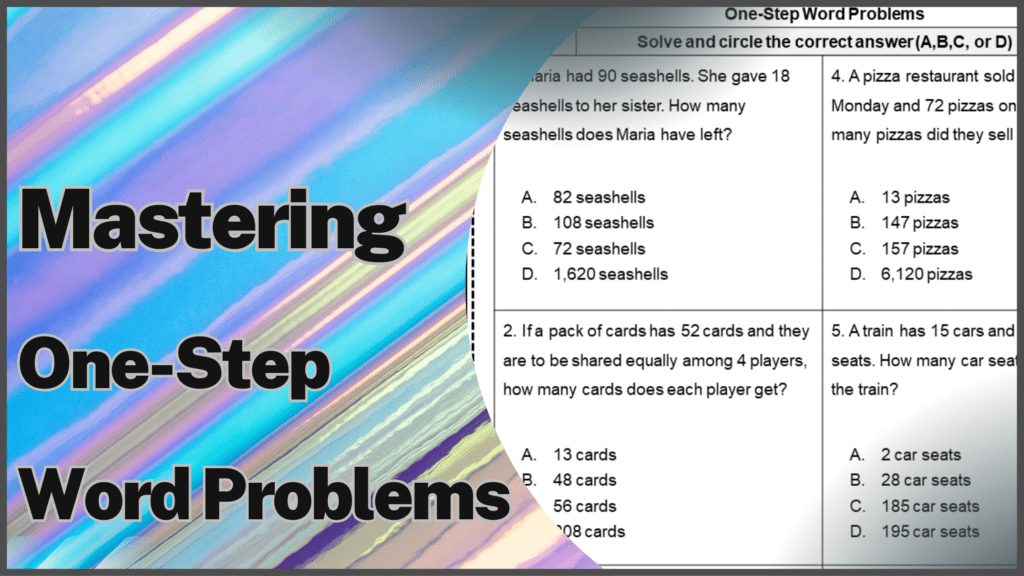
To effectively teach one-step word problems, employ the following strategies:
Scaffolded Approach
Begin with simple, concrete problems and gradually increase the complexity.
Scaffold the learning process by providing clear explanations, modeling, and guided practice to support students in understanding the problem-solving process.
Real-Life Connections
Connect one-step word problems to real-life scenarios that resonate with students.
This makes the problems more relevant and meaningful, helping students see the practical applications of math concepts.
Visual Representations
Utilize visual representations, such as diagrams, bar models, or number lines, to help students visualize the problem and understand the relationships between quantities.
Think-Aloud
Model your thinking process by verbalizing your problem-solving steps out loud.
Share your strategies, reasoning, and decision-making processes with students, demonstrating how to approach and solve one-step word problems effectively.
Collaborative Learning
Incorporate collaborative learning activities where students work in pairs or small groups to solve one-step word problems together.
This fosters peer interaction, enhances communication skills, and encourages the sharing of different problem-solving strategies.
Guiding Students in the Problem-Solving Process
To support students in navigating the problem-solving process, emphasize the following steps:
Read and Analyze
Teach students to read the problem carefully, underline key information, and identify the operation required to solve the problem.
Encourage them to ask questions to clarify their understanding.
Define the Unknown
Guide students in identifying the unknown quantity or quantities in the problem.
Help them articulate the unknown using variables and symbols, allowing them to create equations or expressions that represent the problem.
Plan a Strategy
Assist students in choosing an appropriate problem-solving strategy based on the given context and the known information.
Encourage them to draw diagrams, make tables, or use other visual representations to organize their thinking.
Solve and Reflect
Support students as they solve the problem step-by-step, utilizing the chosen strategy and applying the appropriate arithmetic operation.
Emphasize the importance of reflecting on their solution, checking for errors, and verifying that the answer makes sense in the context of the problem.
Communicate and Justify
Encourage students to communicate their thinking and explain their solution using mathematical language.
Ask probing questions to prompt them to justify their answers and provide evidence to support their reasoning.
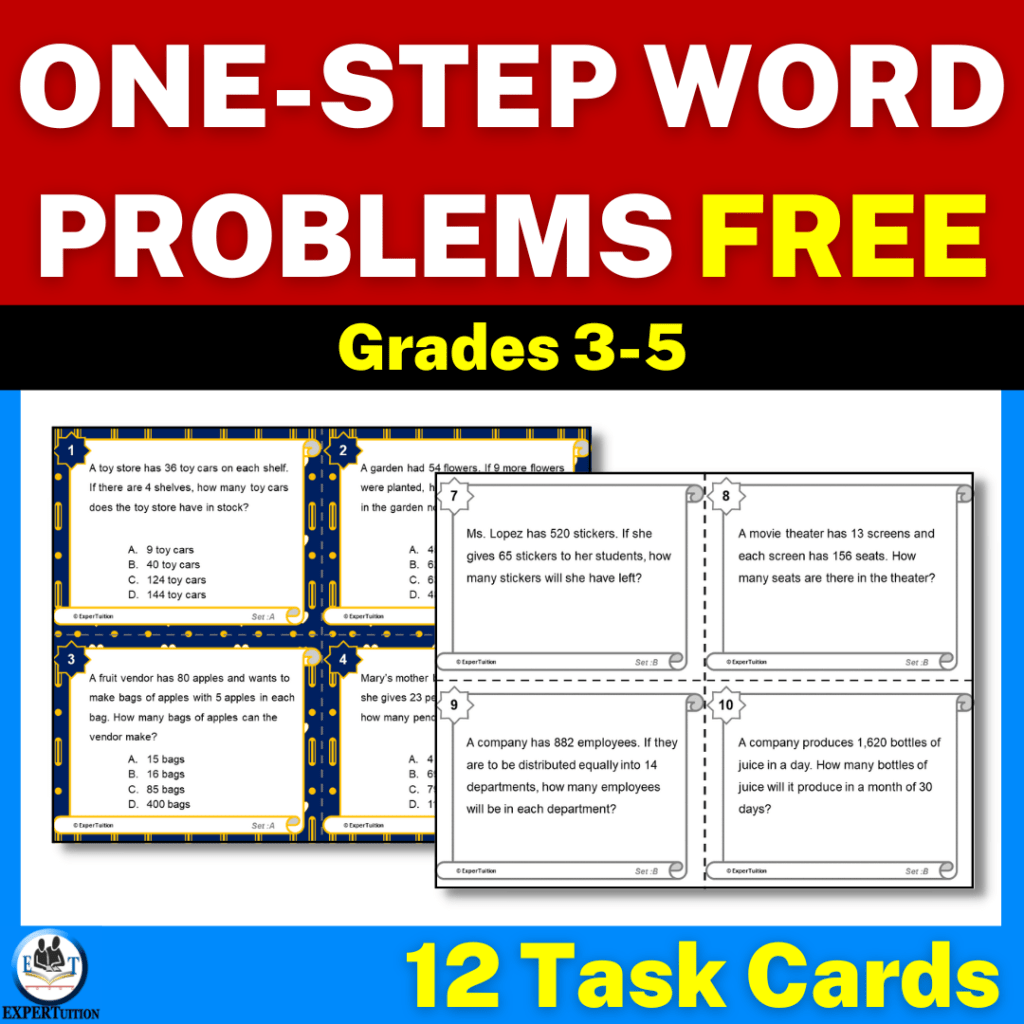
Join my email list and download freebies from my Free Resource Library.
Differentiating Instruction
Every student has unique learning needs and abilities.
Differentiating instruction ensures that all students can access and engage with one-step word problems.
To meet individual learning needs, consider the following strategies:
Flexible Grouping
Group students based on their readiness, interests, or learning styles.
Provide differentiated tasks and resources to cater to individual needs.
Offer additional support or enrichment activities accordingly.
Varied Problem Complexity
Provide a range of one-step word problems that vary in complexity.
This allows students to select problems that match their skill level and challenge them appropriately.
Graphic Organizers and Supports
Offer graphic organizers, templates, or sentence frames to assist struggling students in organizing their thoughts and expressing their solutions coherently.
Visual aids, such as number lines or diagrams, can also help students visualize the problem and understand the relationships between quantities.
Technology Integration
Utilize educational technology tools and apps that provide interactive problem-solving experiences.
These tools can offer immediate feedback, adapt to individual progress, and provide additional practice opportunities.
Assessing and Providing Feedback
Effective assessment and feedback are essential for guiding student learning and growth. Consider the following approaches:
Formative Assessment
Employ ongoing formative assessments, such as observations, discussions, and informal quizzes, to gauge students’ understanding and progress.
Use this information to adjust instruction and provide targeted support.
Rubrics and Checklists:
Develop rubrics or checklists to assess students’ problem-solving skills, logical reasoning, and ability to communicate their thinking.
Provide clear criteria for success, and offer constructive feedback that highlights strengths and areas for improvement.
Peer Feedback
Encourage peer feedback and self-assessment by incorporating opportunities for students to review and discuss each other’s work.
This promotes reflection, collaboration, and a deeper understanding of problem-solving strategies.
Personalized Feedback
Provide individualized feedback that is specific, constructive, and actionable.
Focus on the process rather than just the final answer, highlighting students’ problem-solving strategies and offering guidance for improvement.
Engaging Activities and Resources
To enhance student engagement and provide additional practice, consider the following activities and resources:
Problem-Solving Task Cards
Create or use pre-made task cards with one-step word problems.
These cards can be used for independent or group work, centers, or as warm-up activities.
Math Games
Incorporate interactive math games that focus on one-step word problems.
These games provide a fun and engaging way for students to practice problem-solving skills.
Real-Life Investigations
Design activities that involve real-life investigations or scenarios.
This allows students to apply their problem-solving skills in authentic contexts and reinforces the relevance of one-step word problems in everyday life.
Online Resources
Explore online resources, websites, and educational platforms that offer interactive problem-solving activities, videos, and worksheets tailored to one-step word problems.
Conclusion
Teaching one-step word problems is an opportunity to empower students with essential problem-solving skills and math fluency.
By implementing effective instructional strategies, guiding students through the problem-solving process, differentiating instruction, providing meaningful feedback, and incorporating engaging activities and resources, you can create a dynamic and supportive learning environment.
As you embark on your journey of teaching one-step word problems, keep in mind that each student is unique and may require different levels of support and guidance.
Be patient, encourage perseverance, and celebrate their achievements along the way. Through consistent practice, thoughtful instruction, and a positive classroom culture, you will witness your students’ growth as they become proficient problem solvers.
Continue to nurture a love for math, emphasizing the real-life applications of one-step word problems.
Help students make connections between mathematical concepts and their daily lives, showcasing the relevance and importance of problem-solving skills beyond the classroom.
Thank you for joining me on this exploration of teaching one-step word problems.
I hope that the strategies and insights shared in this blog post will guide you towards a successful and enriching teaching experience.
Happy problem-solving!
